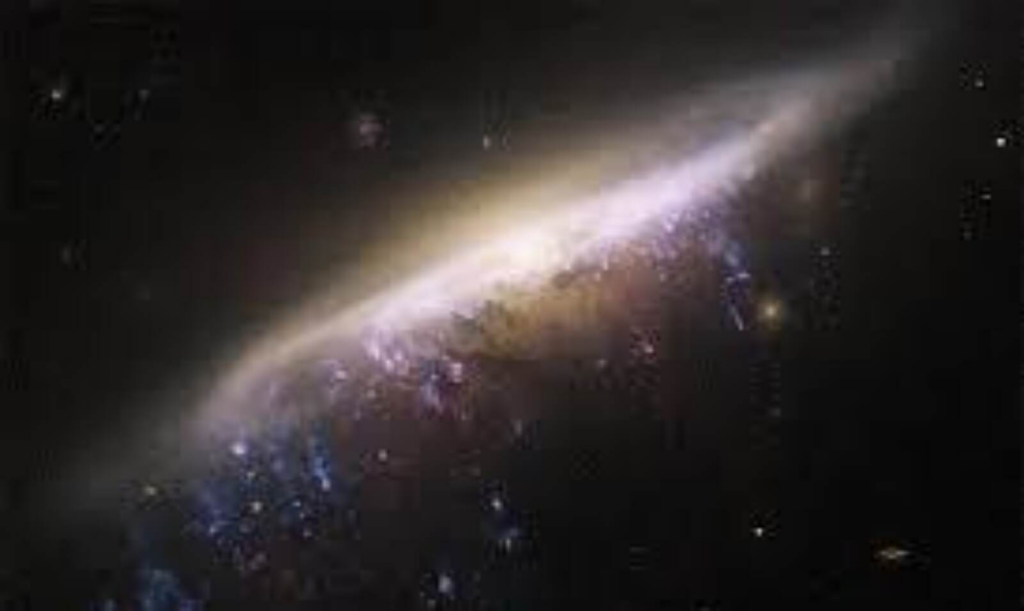This picture was taken by the Hubble Space Telescope and published by NASA on Friday. It shows the jellyfish galaxy JO206 as it travels through the cosmos around 700 million light-years away from our planet in the constellation Aquarius.
The picture focuses primarily on the brightly colored star-forming disk of the jellyfish galaxy, which is encircled by dazzling clouds of dust. The remainder of the picture is rather devoid of detail, with the exception of few brilliant stars in the front and several diffraction spikes that stand out against the pitch-black background of space.
NASA captured a “jellyfish galaxy” travelling through a galactic cluster as the intra-cluster medium removed its gas
The resemblance between jellyfish galaxies and their marine namesakes is plain to see in the accompanying image. You can observe lengthy “tentacles” of brilliant star formation that are trailing the main disc of the galaxy in the lower right corner, similar to how the tentacles of a jellyfish would follow the body of the jellyfish.

In galaxy clusters, there is a substance known as “intra-cluster medium,” which is a very weak superheated plasma. This substance fills the region in between galaxies. Galaxies have to fight their way through this medium as they pass through galactic clusters.
The intracluster medium is responsible for removing the gas from the galaxies, which ultimately results in the formation of lengthy tendrils or tentacles.
The tendrils of the jellyfish are interesting to astronomers because they enable them to investigate the creation of stars under extreme settings, far apart from the impact of the main disk of the galaxy. The image of JW39, another jellyfish galaxy, was published by the space agency one month ago. Hubble was the camera that took the picture.
